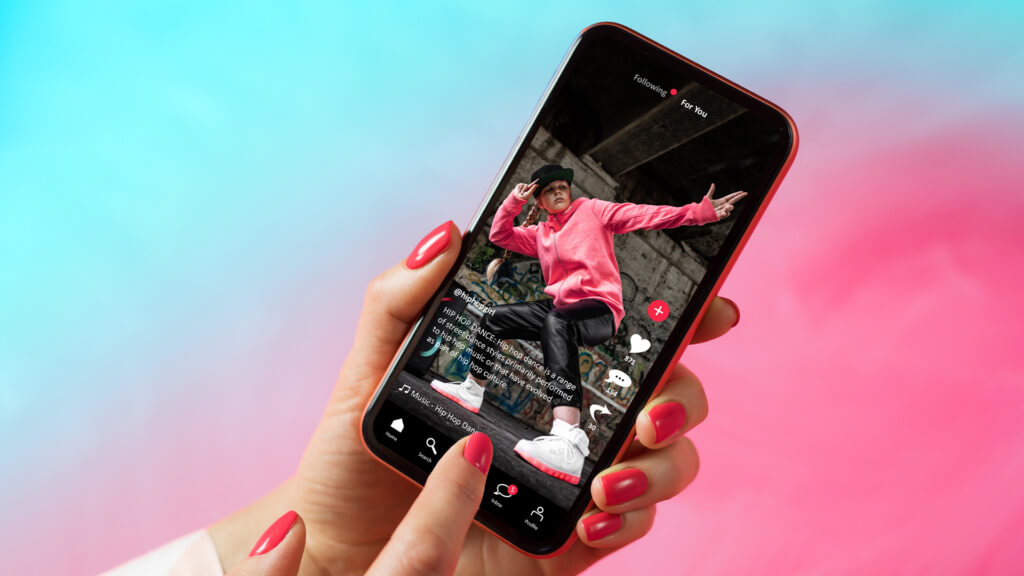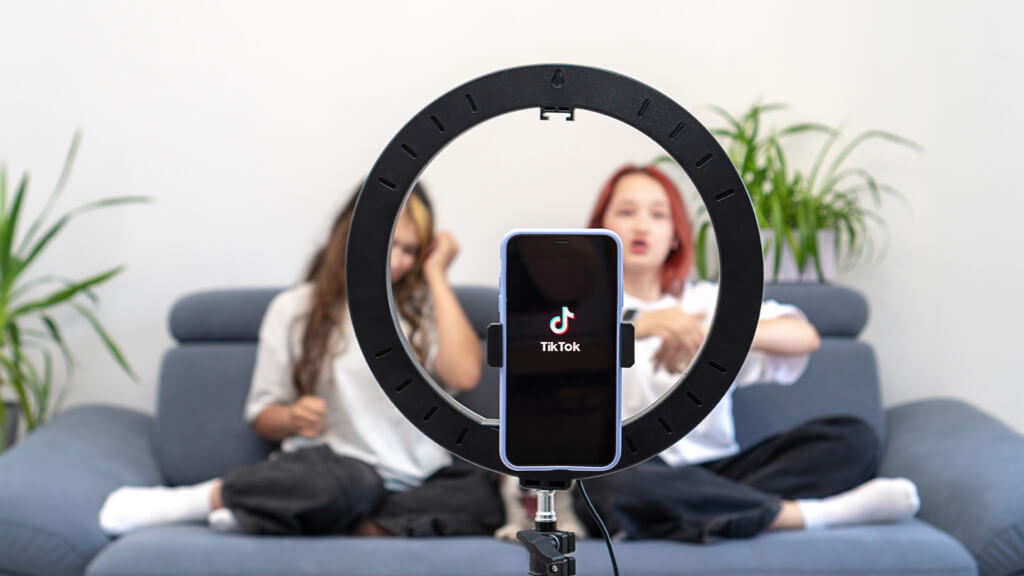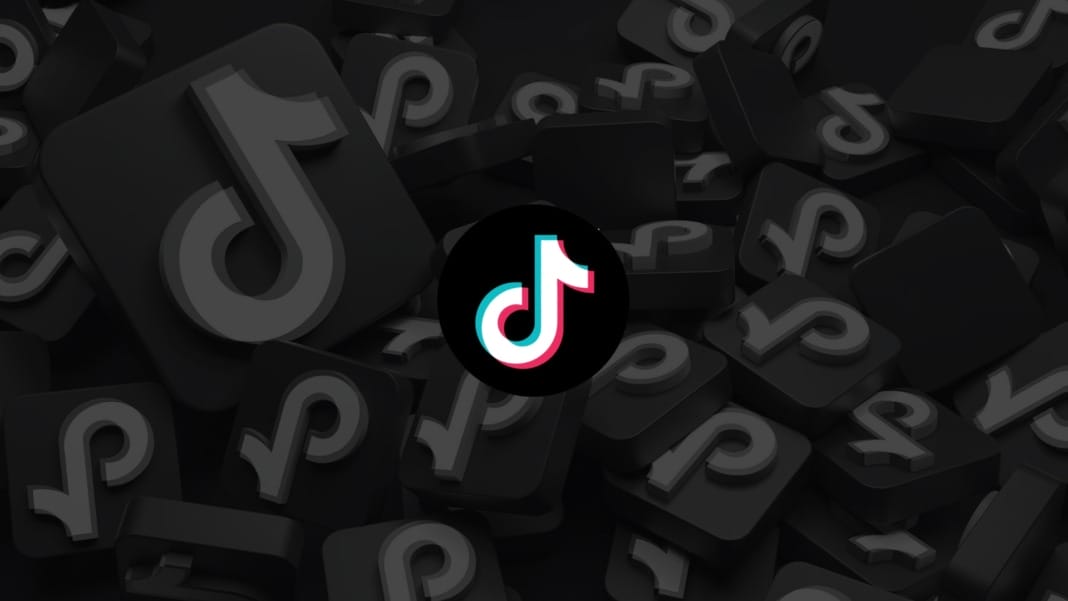Navigating the world of social media apps can often feel like trying to predict the ebb and flow of ocean tides. The dynamics are complex, and the landscape is constantly changing. However, one name has emerged amidst this ever-evolving digital space and planted its roots firmly in the digital terrain – TikTok. An app that was virtually unheard of only a few years ago, TikTok has taken the digital world by storm, penetrating markets and demographics far and wide.
Emerging from Beijing, China, TikTok – the brainchild of technology company ByteDance – is an app that lets you create, share and enjoy short videos, typically set to music. Its prominence has been swift and impressive, with ByteDance successfully taking on the likes of Netflix, YouTube, Snapchat, and Facebook. How did TikTok carve out such a prominent place in a market dominated by established names? The answer lies in a combination of strategic planning, localisation, and utilisation of artificial intelligence.
Unravelling the TikTok phenomenon
Few technological startups have taken off as rapidly as Beijing-based ByteDance, the creator of TikTok’s widely popular short video app. Within two years of its launch, TikTok has amassed over a billion downloads worldwide, rivalling established tech giants such as Netflix, YouTube, Snapchat, and Facebook.
Its success lies in its unique and highly engaging format, allowing users to create and share 15-second video clips that range from comedy sketches to dog grooming tips. This bite-sized, fast-moving, and diverse content has resonated with young audiences around the globe, making TikTok one of the fastest-growing social media platforms in the world.
Merger of TikTok and Musical.ly
The pivotal point in TikTok’s journey came in November 2017 when ByteDance purchased Musical.ly, a popular app in the US teen market. The acquisition, rumoured to be worth nearly $1 billion, was an astute strategic move to penetrate the American market.
Following the acquisition, ByteDance merged existing accounts from both platforms into a single app under the TikTok brand. However, Douyin was maintained as a separate app within China, where it continues to thrive with over 300 million monthly active users. Meanwhile, TikTok adopted Musical.ly’s core function, enabling users to upload and share 15-second videos soundtracked by music clips.
TikTok, however, expanded the scope of content beyond what Musical.ly offered. From the initial music-focused videos, TikTok began to host a broader range of content that resonated with a wider audience. Videos posted on TikTok span from the hilarious to the cringeworthy, from cooking demonstrations to magic tricks, from pet antics to comedic skits, and much more. This shift towards diverse content fostered an inclusive platform inviting all to express themselves creatively, establishing TikTok’s unique identity in the global social media landscape.
The business model of TikTok

TikTok’s business model is a masterstroke of innovation that has transformed how people connect and share content online. As a social media platform, TikTok’s strength lies in short, attention-grabbing video content, enabling a new kind of user experience that is fundamentally creative, entertaining, and engaging. The platform’s primary source of revenue generation is advertising, underpinning the value of its attention-based model.
TikTok’s essence is characterised by a series of user-driven challenges that encourage users to showcase their creativity. Compelling music tracks and cutting-edge effect filters accompany this. But the secret sauce of TikTok’s engagement is its powerful AI algorithms that optimise content creation and recommendation. The result is an energetic social media platform that generates a constant stream of user-generated content that is both engaging and entertaining.
The primary characteristics of TikTok include:
- It is a quintessential social media platform, capitalising on users’ propensity to share their content.
- It ingeniously combines challenges with compelling music tracks, adding an extra layer of engagement.
- It offers a wide range of captivating filters and effects that can be applied to the videos, fostering creativity and uniqueness in the content.
What distinguishes TikTok from other social networking applications are its trending hashtag challenges, memes, and other repeating formats. These features amplify user engagement by creating a sense of community around shared experiences. Unlike other platforms focusing heavily on world events and discussions, TikTok is a realm of creative expression, stress relief, and fun.
The platform also recognises the significant role that influencers can play in promoting campaigns. It facilitates collaborations between influencers and brands, leading to increased fan engagement. However, it’s crucial for brands to devise a careful strategy when choosing influencers. Authenticity and alignment with the brand values are critical to ensuring that influencer marketing drives genuine engagement and supports the brand’s overall objectives.
High-profile users boosting TikTok through the celebrity wave
The increasing popularity of TikTok quickly drew the attention of high-profile individuals and celebrities who recognised the platform’s potential to connect with fans in a fun and unique way. Key celebrities’ early adoption of social media platforms often fuels their success. Snapchat had Kylie Jenner, Instagram had Selena Gomez, and Twitter became a podium for Donald Trump. For TikTok, late-night comedian Jimmy Fallon significantly boosted its profile in the United States.
In November 2018, Fallon discussed TikTok videos during a segment on NBC’s The Tonight Show Starring Jimmy Fallon. He proposed a novel use for the app – users could upload videos of themselves lip-syncing to stand-up comedy routines. Encouraging viewer participation, he launched a series of challenges, including the #TumbleweedChallenge, which required participants to stop what they were doing and roll around on the ground, mimicking a tumbleweed, to an old western movie soundtrack.
Professional skateboarder Tony Hawk is another celebrity who has embraced TikTok. With a verified account boasting 2.5 million fans and 13.2 million ‘hearts’, though few, Hawk’s video shares have amassed substantial popularity, thereby adding another high-profile name to the platform’s growing roster.
A surprise addition to TikTok’s celebrity user list was the ‘Terminator’ himself, Arnold Schwarzenegger. Establishing his account in early 2023, Schwarzenegger’s initial videos were centred around fitness and health themes. With his personalised hashtag, #likearnold, the film star and former governor further demonstrated the appeal of TikTok to a broad spectrum of high-profile personalities.
The involvement of celebrities like Fallon, Hawk, and Schwarzenegger has been instrumental in elevating TikTok’s status. By drawing in their substantial fanbases and introducing unique content, these celebrities have played a significant role in amplifying the reach and influence of TikTok in social media.
Embracing the global stage with AI
ByteDance’s success is not solely tied to the remarkable proliferation of TikTok. Instead, it stems from a larger vision set forth by the company’s founder, Zhang Yiming. Zhang’s aspiration extends beyond a single app or even the domestic market. He is striving to build a borderless company that can compete on the international stage, a pursuit that represents a significant departure from the inward-focused approach of many traditional Chinese tech firms.
Zhang’s revolutionary strategy to introduce two versions of TikTok – one tailored for China’s censored internet environment and another for the rest of the world – has proven instrumental in TikTok’s global expansion. This astute, dual-version strategy could serve as a blueprint for other digital content firms aspiring for global reach, especially for those blossoming within the Chinese tech ecosystem.
Artificial Intelligence (AI) is pivotal in ByteDance’s ambitious plans. The company is dedicated to leveraging the power of AI to transform how people consume and receive information. TikTok’s AI-driven algorithms curate a personalised feed for each user, recommending content based on the user’s viewing habits and ‘likes’. This advanced level of personalisation and engagement has undeniably been a crucial factor in TikTok’s exponential user growth and success.

In contrast to Western counterparts like Facebook, Netflix, Spotify, and YouTube, which primarily use AI to suggest posts, TikTok goes one step further. The app’s algorithms dictate a user’s feed, progressively learning user preferences to enhance personalisation over time. This intensive utilisation of AI sets TikTok apart from other platforms, underlining its disruptive impact in the digital landscape.
Ultimately, the company’s story is one of unbridled ambition and innovative strategies. It’s a tale of how a vision for a borderless digital future, combined with the transformative potential of AI, has enabled a Chinese startup to command the global stage. This story provides a powerful lesson for other digital firms and tech entrepreneurs, demonstrating that with the right strategies and tools, there’s no limit to their impact on the world.
Algorithm efficacy raises mental health concerns
TikTok’s rise to fame has been primarily driven by its sophisticated algorithm, which provides highly personalised content to its users. This unique approach sets it apart from other social media platforms that traditionally favour click and engagement metrics. Yet, the algorithm’s remarkable effectiveness in capturing user attention, as revealed by leaked internal documents in 2021, has led to mounting concerns about the potential mental health implications. Fears are growing that TikTok’s feed, powered by this algorithm, could amplify harmful trends before safety checks can be implemented, adding a new dimension to the ongoing debate around the mental health effects of extensive social media use.
Compounding these worries is the platform’s connection to China. The Trump administration threatened 2020 to either ban the platform in the US or require ByteDance, TikTok’s parent company, to sell it to an American company. In response, TikTok relocated the storage and processing of US user data to Oracle’s servers. Despite this, scepticism remains regarding Chinese access to American user data. This scepticism stems from TikTok’s admission that some backups of US user data are stored in China and Singapore.
The issue of misinformation on TikTok presents another challenge. This problem was evident during the war in Ukraine and an election in Kenya. The spread of misinformation on the platform could intensify with the looming US midterm elections. In response to these concerns, TikTok has initiated measures to combat the problem. These include introducing new tools to enhance user mental health, encouraging kindness on the app, and assuring that it does not share user data with the Chinese government. The platform also employs a mix of technology and a team of safety professionals to identify and remove content that violates its policies. In the fight against election misinformation, TikTok has allied with independent fact-checking agencies, eliminating hundreds of thousands of videos related to election misinformation.
Toward a new world beyond borders
While the journey has been fraught with challenges, ByteDance’s success points towards a future where digital companies can transcend borders and build globally relevant products. TikTok’s rise under ByteDance’s helm is a testament to the power of understanding local cultures while harnessing the universal appeal of entertainment. It is proof that the world is more connected than we think and that, in the digital age, borders are indeed becoming irrelevant.
As we look towards the future, it is clear that companies like ByteDance are leading the way, crafting a new narrative for digital content in an increasingly interconnected world. By understanding and appreciating this, businesses can tap into the immense potential that lies within our global, borderless digital landscape. This doesn’t just bring a broader range of digital offerings for consumers and new, uncharted opportunities for businesses.
So, as you venture forth in this digital era, remember the story of TikTok – a tale of ambition, strategy, and innovation that took the world by storm. It is a reminder that every market is within reach, no goal is too ambitious, and no dream is too big. In this globalised, borderless world of ours, the possibilities are, indeed, limitless.





